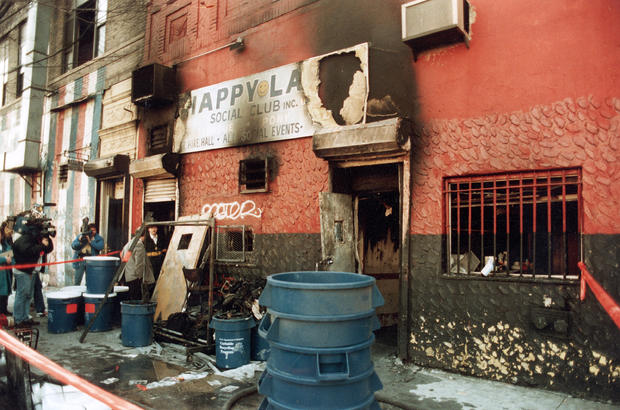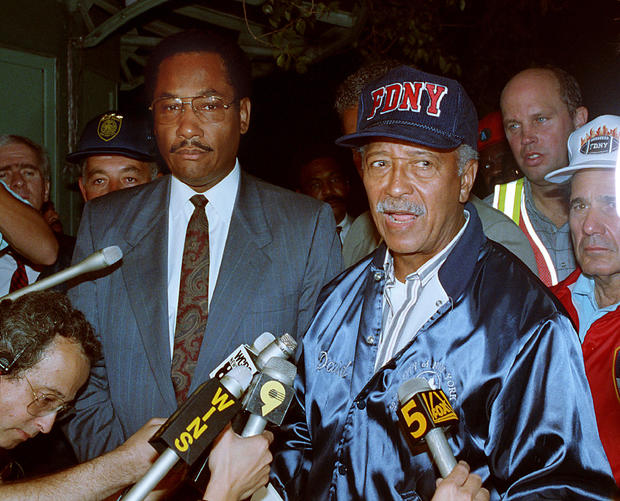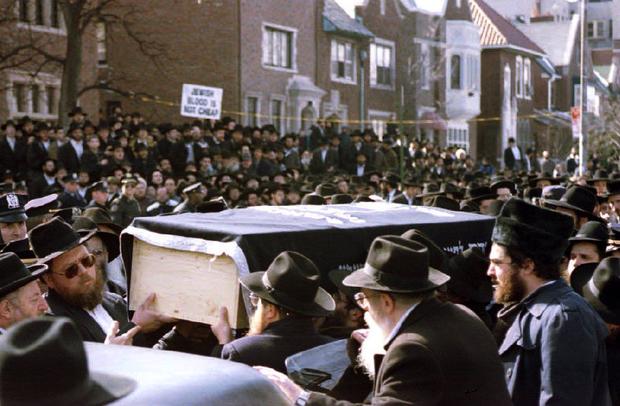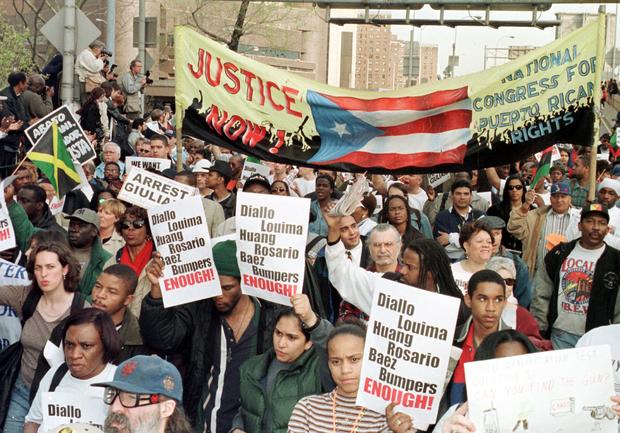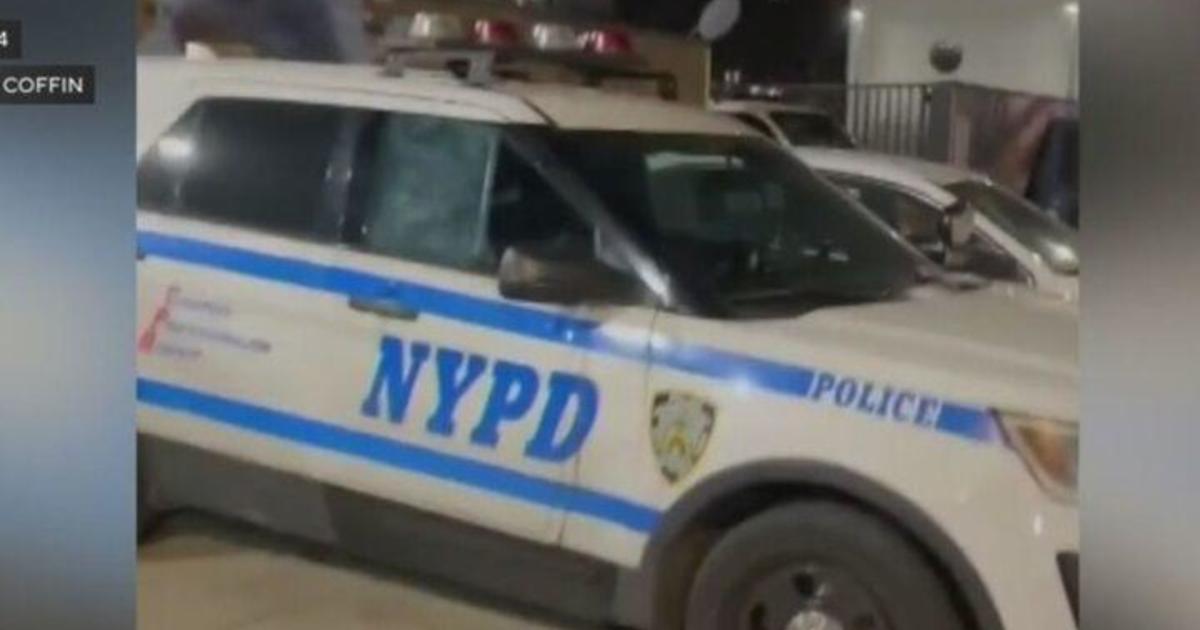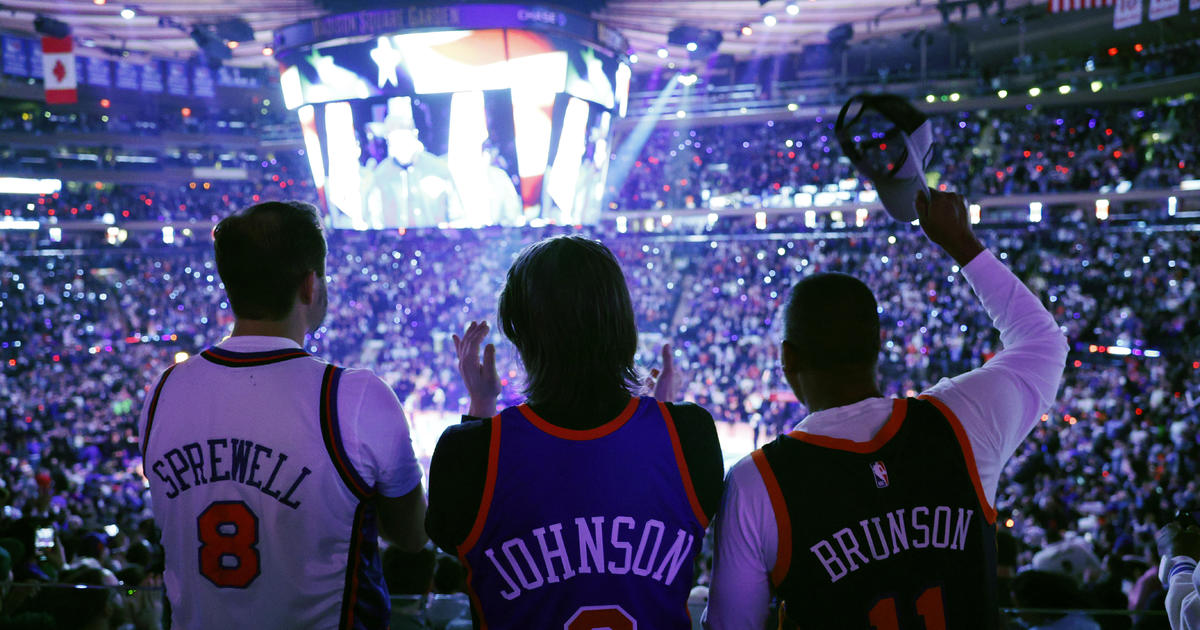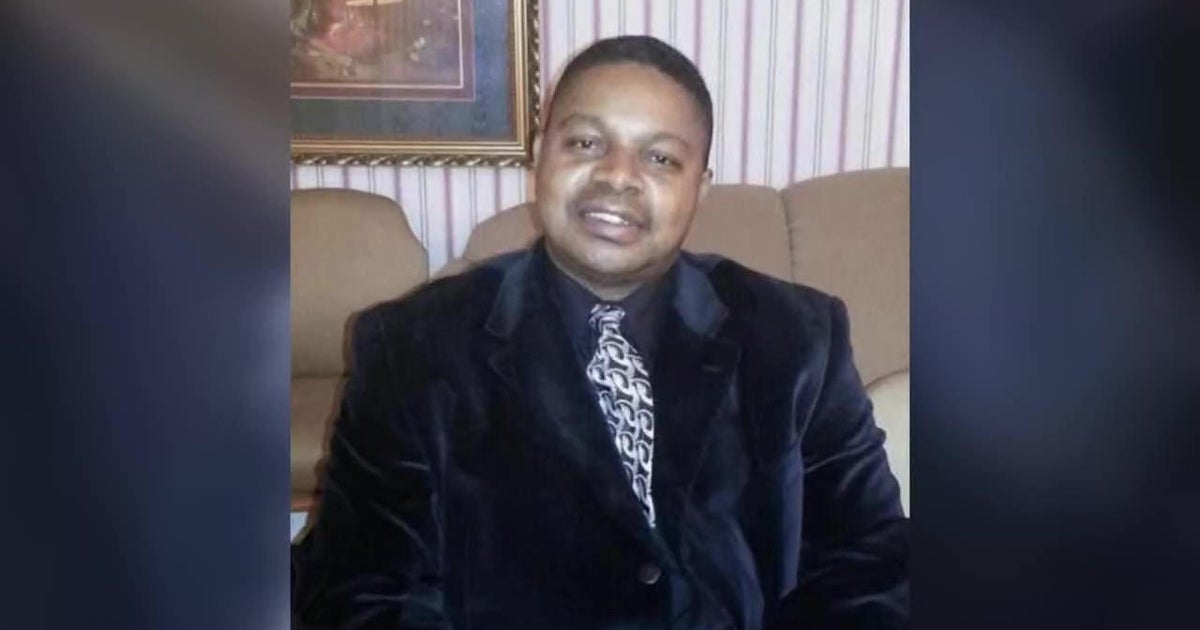Biggest New York Events Of The 1990s
An Arsonist Seeks Revenge: March 25, 1990
An illegal Bronx social club, housed in a building formerly ordered closed due to fire hazard, was the unfortunate scene of a jilted boyfriend's wrath. The Happy Land Social Club, frequented primarily by young Hondurans and Central American immigrants who lived in the neighborhood, had no liquor license, but bouncers there needed to extricate drunk, 36-year-old Julio Gonzalez from its premises.
Angry and sullen, Gonzalez, who was fighting with his ex-girlfriend, an employee of the club, grabbed a plastic container and threatened to return. Gonzalez set the fire with $1 worth of gasoline that he spilled on the dance floor and ignited. The club went up like a roaring match box, rapidly killing 87 people. Only four were known to survive the blaze, one of whom was Gonzalez's primary target, his former girlfriend.
The horrific event gained notoriety not only because of its heartbreaking loss of life but also because it occurred on the anniversary date of another horrific blaze, the 1911 Triangle Shirtwaist Company fire, and because the building was co-managed by Jay Weiss, the husband of actress Kathleen Turner. Gonzalez was found guilty on 87 counts of arson and 87 counts of murder and will be eligible for parole in March of 2015.
A Drunk Motorman Falls Asleep At the Wheel: August 28, 1991
Shortly after midnight, a downtown-bound, Lexington Avenue IRT train sped towards Union Square Station at five times its normal speed. The 10-car train, holding 216 passengers, derailed, killing five almost instantly and injuring 200 others. The train's first car sliced into two jagged pieces and the second car folded, accordion-style, into two halves.
The motorman, Robert E. Ray, admitted to drinking very heavily prior to his shift and to falling asleep at the wheel. Acquitted of murder, he was found guilty of five counts of second-degree manslaughter and released from prison in 2002. The accident sparked changes in the transit system, including the use of automated trains and communication-based train control.
A Warning Bell and a Bomb Go Off: February 26, 1993
A 1,336-pound, nitrate-hydrogen gas truck bomb laced with cyanide rocked lunch hour and killed six people when it was detonated by terrorists out to kill as many Jews as possible. The bomb went off in a parking garage under the World Trade Center's North Tower (Tower One), leaving a crater the size of a football field.
The attack was financed and masterminded by a blind, radical Egyptian cleric, Omar Abdel Rahman, and the later-notorious, Khalid Sheikh Mohammed, who claimed involvement in the 9/11 attack eight years later. The bombing was carried out by a radical Islamic Fundamentalist group comprised of at least seven terrorists, led by Ramzi Yousef, the Sheikh's nephew, whose intention was to take down both Towers and do mass damage.
The original intent of the group was to carry out multiple, small attacks in Jewish neighborhoods throughout Brooklyn. The extent of damage to the World Trade Center was not as severe as intended by the group, but six people were killed and over a thousand injured, mostly due to smoke inhalation.
The six victims, predecessors to a greater attack to come, were Monica Rodriguez Smith who was pregnant, John DiGiovanni, Robert Kirkpatrick, Stephen Knapp, William Macko and Wilfred Mercado. One of the terrorists, Abdul Rahman Yasin, a United States citizen with ties to Iraq, has continued to elude capture but was interviewed from an Iraqi prison by Lesley Stahl for the popular television show, "60 Minutes," in 2002. The rest are serving life terms in prison.
A Rabbinical Student is Murdered: March 1, 1994
In an alleged answer to a call for jihad, Rashid Baz, a cab driver and Lebanese-born immigrant, set out to kill Jews. Towing a Glock nine-millimeter semi-automatic pistol and a nine-millimeter Cobray machine gun, Baz trailed a white van filled with rabbinical seminary students for around two miles. As it travelled over the Brooklyn Bridge, he fired into the van repeatedly with both guns, killing 16-year-old Aaron Halberstam and wounding three others.
The case was cracked when Amir Abudaif, an auto-mechanic, reported the incident to police. Baz's defense attorneys attempted to exonerate him, claiming he suffered from post-traumatic stress disorder. Baz was convicted of one count of murder and hailed as a hero by some Muslim inmates. The Justice Department classified the murder as a terrorist act in 1999.
An Unarmed Immigrant is Killed by Police: February 4, 1999
Mistaken for a serial rapist and followed by police, Amadou Diallo was shot and killed in a hail-storm of bullets fired by four New York City plain-clothed officers. Unarmed, Diallo was thought to be reaching for a gun by the officers, who shot a combined total of 41 shots, 19 of which hit their mark. The shooting occurred outside of Diallo's place of residence in the Bronx.
At the time, a serial rapist known to be heavily armed and matching Diallo's description was actively working the area and had claimed at least 29 victims. During the incident, an officer involved in the shooting tripped and fell, leading his colleagues to believe he had been shot by Diallo, who was reaching for his wallet. Diallo died at the scene.
His tragic death prompted a review of police training policy. The officers involved in the shooting were tried in Albany and acquitted on all charges by a mixed-race jury. Diallo's family subsequently filed a lawsuit against the city and were awarded a $3,000,000 settlement.
Corey Whelan is a freelance writer in New York. Her work can be found at Examiner.com.
